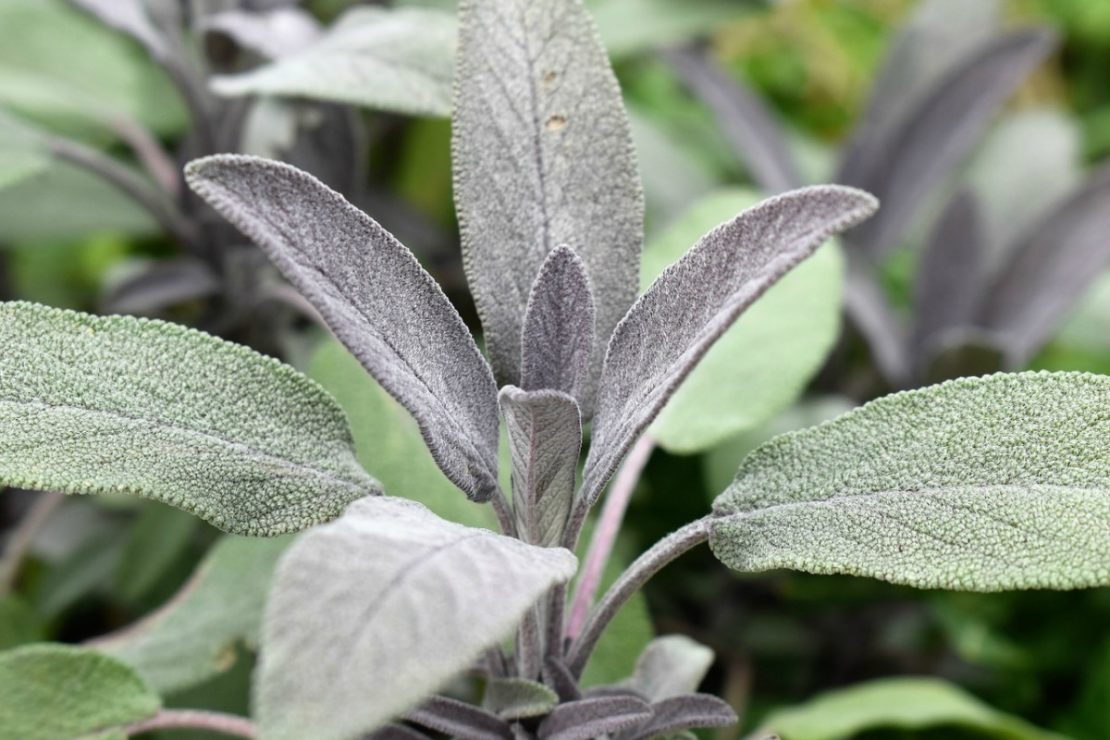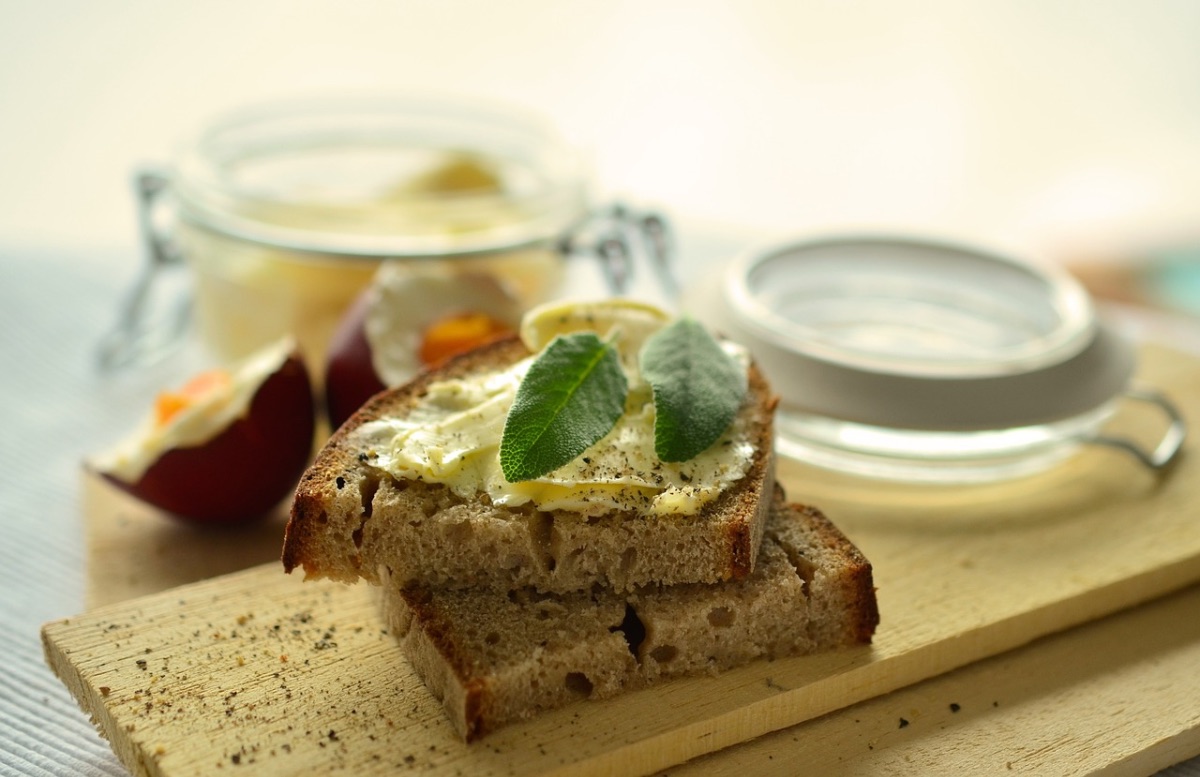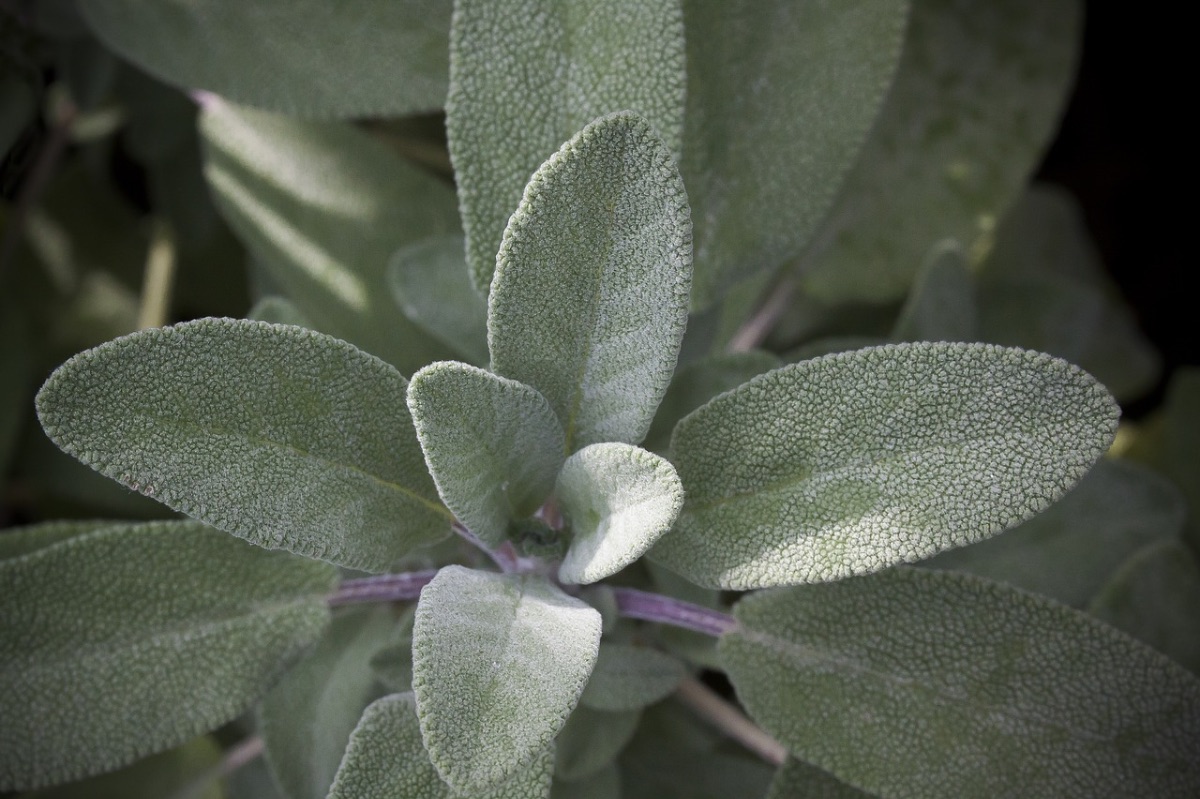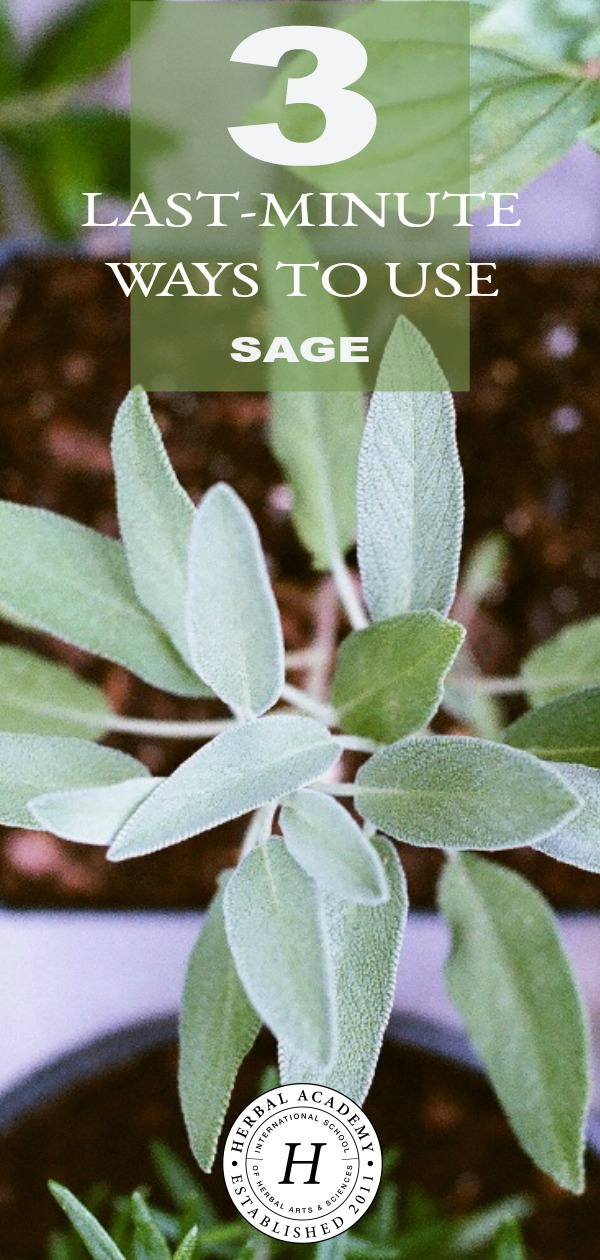
3 Last-Minute Ways To Use Sage Before The Growing Season Ends
Three years ago, my partner and I went out for a night on the town. He took me to a lovely Italian restaurant where we shared a bottle of wine and started our meal with a decadent charcuterie board. He ordered lasagna, and I branched out from the traditional by ordering pumpkin sage ravioli.
As we sipped our wine, I was heady with anticipation to try what sounded like a delicious herb-lovers dream. The server gently set the meal in front of me, and I took my time to look at the presentation.
Small squares of soft pasta sat on the plate garnished with oil, salt and pepper, and fresh sage. It was a simple dish on the outside, but as I bit into one of the pieces of pasta, I recognized that the complexity was in the filling. The sage and pumpkin melded together in what can only be described as a culinary delight.
Since then, sage has been one of my favorite herbs to use. I’ve cultivated it in my home herbal garden and incorporated it into my lifestyle in many ways. Today, I would like to share 3 last-minute ways to use sage before the growing season comes to an end.
3 Ways To Use Sage Before The Growing Season Ends

1. Smoke Cleansing with Sage
The process of lighting and burning dried sage in the home is used to clear the space of negative energy. Sage is thought to offer health benefits and cleansing to people or spaces, and it has become popular in the mainstream as a means to clarify energy.
The problem with the growing popularity of burning sage is that white sage populations in the wild are dwindling due to over-harvesting. Traditionally, according to Bothwell (2000), white sage was not bundled into sticks, but rather, single leaves were burnt in recognition of its scarcity.
White sage is not required for smoke cleansing—any form of sage is appropriate and other cleansing herbs such as rosemary, lavender, and thyme can also be used. If you do choose to smoke cleanse using sage, it’s best to grow and harvest your own sage so you avoid contributing to the shortage of white sage in the wild. You can learn more about herbal sustainability in our post, How To Be An Environmentally Sustainable Herbalist.

2. Cooking With Sage
A second way to use sage is to incorporate this beautiful herb into your cooking. Following my experience with the sage-stuffed homemade pasta, I have been a huge fan of cutting the fresh herb and adding it to dishes for my family.
One of my favorite ways to use sage is to toss some roughly chopped leaves in with mashed potatoes along with a knob of butter, salt and pepper, and some plant-based milk. It is also a surprising addition to homemade, artisanal bread as it lends an earthy flavor to the loaf. You can use a mortar and pestle to macerate sage to be infused with oil. Pour a small amount of lightly flavored oil over the fresh herbs and bruise them with the pestle until they become fragrant. Pour the herbs into a clean jar and cover with oil. The longer the blend sits, the more fragrant the oil will become. The oil blend can be used to dip bread, pour over salads, as a finisher for Italian dishes.

3. Fresh Sage Tea
Admittedly, I’m a coffee drinker; however, I try to limit myself to one cup in the morning. With this said, I do enjoy a warm beverage as I am working from my home office in the evening.
One of my go-to warming beverages is a fresh sage tea. There is nothing more satisfying than plucking 3-4 leaves from my sage plant and steeping them in a hot cup of water. Making fresh sage tea is so easy—here is no need to even put the leaves in a tea ball. Simply place them in a heat-proof mug and cover with freshly boiled water. The longer you steep the tea, the stronger it will become. I recommend steeping it for about 3-5 minutes for a delicious cup of herbal tea. If you enjoy some sweetness to your tea, add a little lemon and some maple syrup to taste.
For me, this tea has major calming benefits, most likely due to its earthy aroma and flavor. The effects of the smell and taste of the tea are similar to those which occur when you smoke cleanse with the herb as tends to act as a grounding mechanism.
For the Love of Sage

If you cannot already tell, sage is one of my favorite herbs that has been used throughout the ages.
Because it is a versatile plant, there are many ways to use beyond what we’ve discussed above. Some more ideas for using sage before the growing season ends is to add lovely greenery to your home when it is tied at the ends and dried or to make a tincture with the herb by infusing it in a light alcohol like vodka or gin. This blog post even offers a delectable recipe for making a Sage Infused Honey.

REFERENCES
Bothwell, J. (2000). White sage. In R. Gladstar & P. Hirsch (Eds.). Planting the future: Saving our medicinal herbs (p. 247-249). Rochester, VT: Healing Arts Press.








